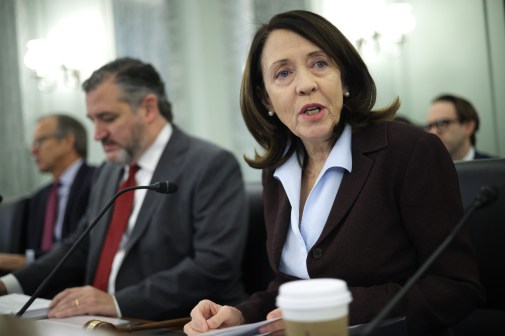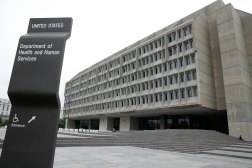White House AI Summit focuses on government as a user of the technology

According to Chris Liddell, deputy chief of staff for policy coordination at the White House, the federal government has a number of roles to play when it comes to artificial intelligence: It invests in research and development, it collects and provides vast data resources, it regulates (or it doesn’t).
But the government is also a user of AI technologies, and it was this role that took center stage at the White House’s AI Summit held Monday.
Speakers ranging from Office of Science and Technology Policy Director Kelvin Droegemeier and U.S. CIO Suzette Kent to adviser to the president (and presidential daughter) Ivanka Trump presented on topics like American leadership in AI, governmentwide AI initiatives and workforce reskilling. But it was in the final agenda item — three case studies of agencies actually using AI — that the event really shone.
Lt. Gen. Jack Shanahan took the stage first to talk about the Department of Defense’s Joint AI Center (JAIC). He gave a broad overview of JAIC’s work over the past year, and what’s to come. The U.S. has an “awful long way to go” in the development of this technology, he said, but events like the summit give him confidence that momentum is building.
“2020 is the year of AI for the Department of Defense,” he said, reiterating a point he’s made before. “And I assume everybody in here feels like we need to start moving a lot faster.”
Next Patricia Flatley Brennan, director of the National Library of Medicine at the National Institutes of Health, spoke about use cases for AI within her organization. These include the development of a better algorithm for surfacing results on PubMed. For a database of over 30 million citations, which is consistently one of the most-visited federal websites, good search capability is powerful. The “best match” algorithm has been in testing for the past two years, she said, and is set to go live “within the next two months.”
Finally, Charles Keckler, associate deputy secretary at the Department of Health and Human Services, shared the agency’s “AI for deregulation” pilot. The project, which began one year ago, aims to use natural language processing to find HHS regulations that may be too burdensome, obsolete or ineffective. The end goal, after subject matter expert review, is to eliminate or change these regulations in order to streamline the HHS regulatory environment.
The pilot has found some interesting things, he said. For example, 85 percent of HHS regulations from before 1990 have not been edited. And some of these are certainly obsolete — but which ones? When they’ve got the word “telegram” in them “that’s a good clue,” he said, to audience laughter.
“Over the past few years, this administration has taken amazing strides to advance AI and retain American leadership in this critical industry,” U.S. CTO Michael Kratsios said during his remarks. “We have so much potential to use AI in a way that reduces costs, improves quality of services, empowers people and increases efficiency.”




